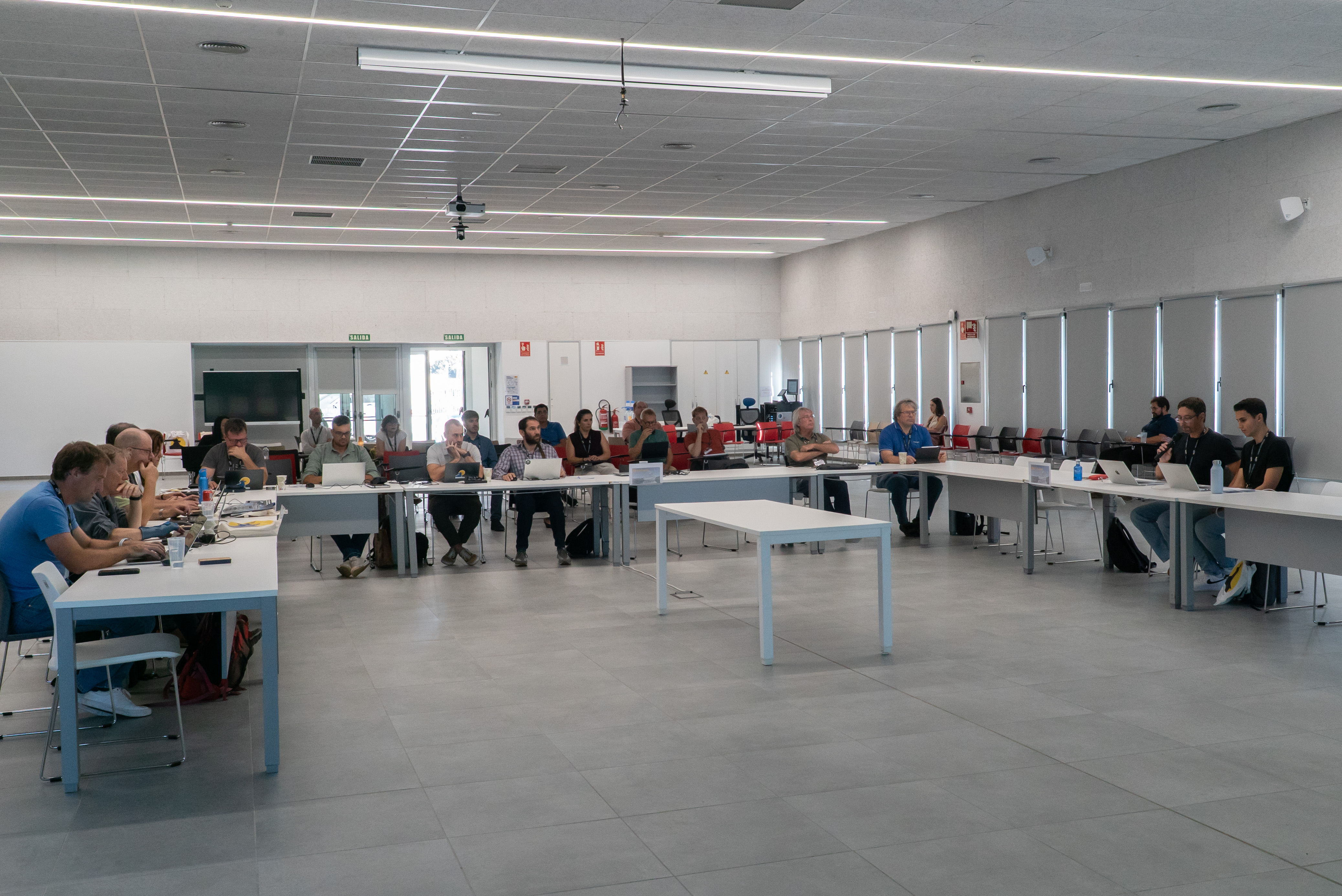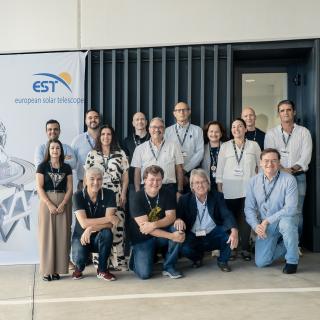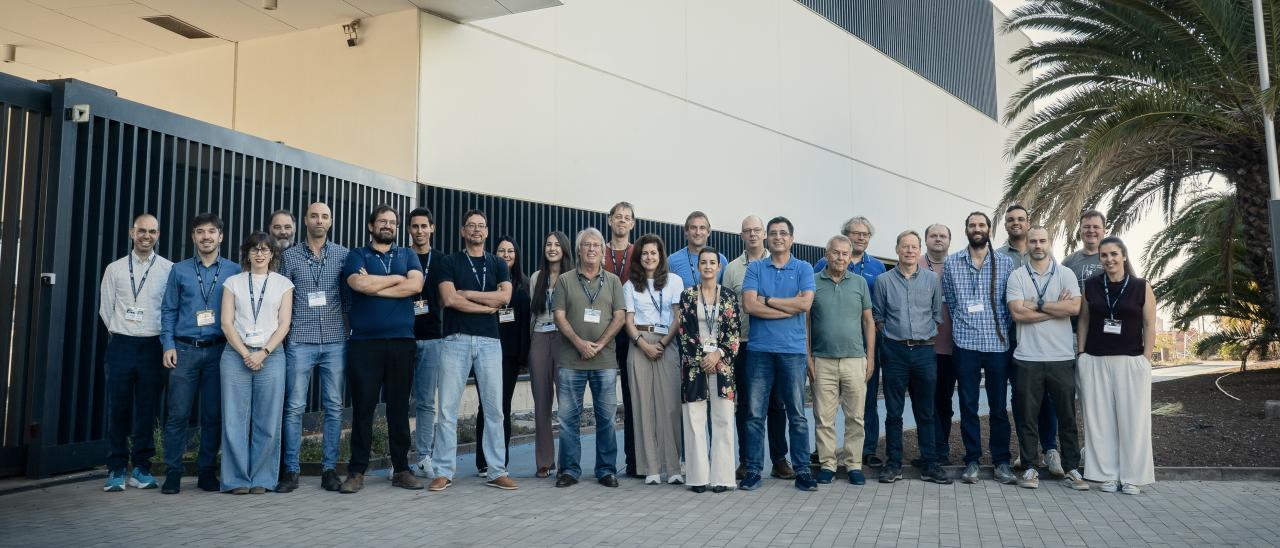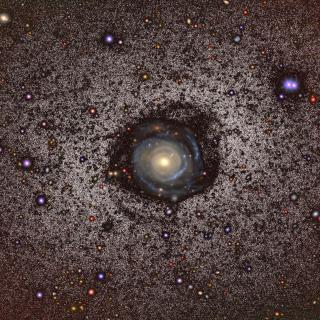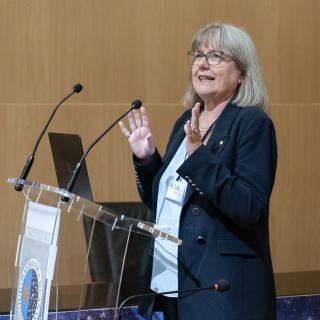The European Solar Telescope (EST) has successfully completed the Conceptual Design Review (CoDR) of its Scientific Instrument Suite (SIS).
The scientific objectives of EST focus on examining magnetic coupling in the solar atmosphere from the deepest layers of the photosphere to the highest layers of the chromosphere. This will enable the thermal, dynamic and magnetic properties of solar plasma to be studied with high spatial and temporal resolution.
These objectives are defined by the Science Advisory Group (SAG), an international group of experts responsible for establishing the scientific requirements for EST.
In line with the scientific objectives established by the SAG, EST has a suite of scientific instruments (SIS) comprising three international consortia led by the Instituto de Astrofísica de Canarias (IAC), the Andalusian Institute of Astrophysics (IAA) and the Max Planck Institute for Solar System Research (MPS), which will include various spectropolarimeter technologies, such as Fabry-Perot interferometers and integral field units (IFUs) capable of simultaneously observing in the ultraviolet, visible and infrared ranges. In this way, the flow of photons from the Sun can be harnessed more efficiently than with other ground-based and space-based telescopes.
On 15 September, reviews of the conceptual design of the scientific instruments began, culminating in face-to-face meetings on 3, 4 and 5 November at the IACTEC and IAC facilities in Tenerife. During these sessions, specialists in astronomical instrumentation discussed the main aspects of the conceptual designs, which define the general architecture, scientific objectives and interface requirements of the various instruments, with the technical team from the EST Project Office and the leaders of the instrument consortia.
The review panel, chaired by Bret Goodrich of the National Solar Observatory (DKIST/NSO), was composed of Kjetil Dohlen from the Laboratoire d'Astrophysique de Marseille (LAM/CNRS), Ariadna Calcines from Durham University, Michael Sigwarth from the Thüringer Landessternwarte Tautenburg (TLS), André Fehlmann from DKIST/NSO, and the leaders of the different engineering areas at EST: Álvaro Pérez, from Optical Engineering; Ángel Mato and Juan Cózar, from Mechanical Engineering; Jorge Quintero, from Control Engineering; Miguel Núñez, from Systems Engineering; and Claudia Ruiz de Galarreta, from Instrument Systems Engineering.
The review concluded with a favourable outcome from the review panel, in recognition of the solid work carried out by the consortia that make up the EST instrument suite. This new milestone marks the start of the next phase of preliminary design and consolidates EST's progress towards its construction at the Roque de los Muchachos Observatory in La Palma.
